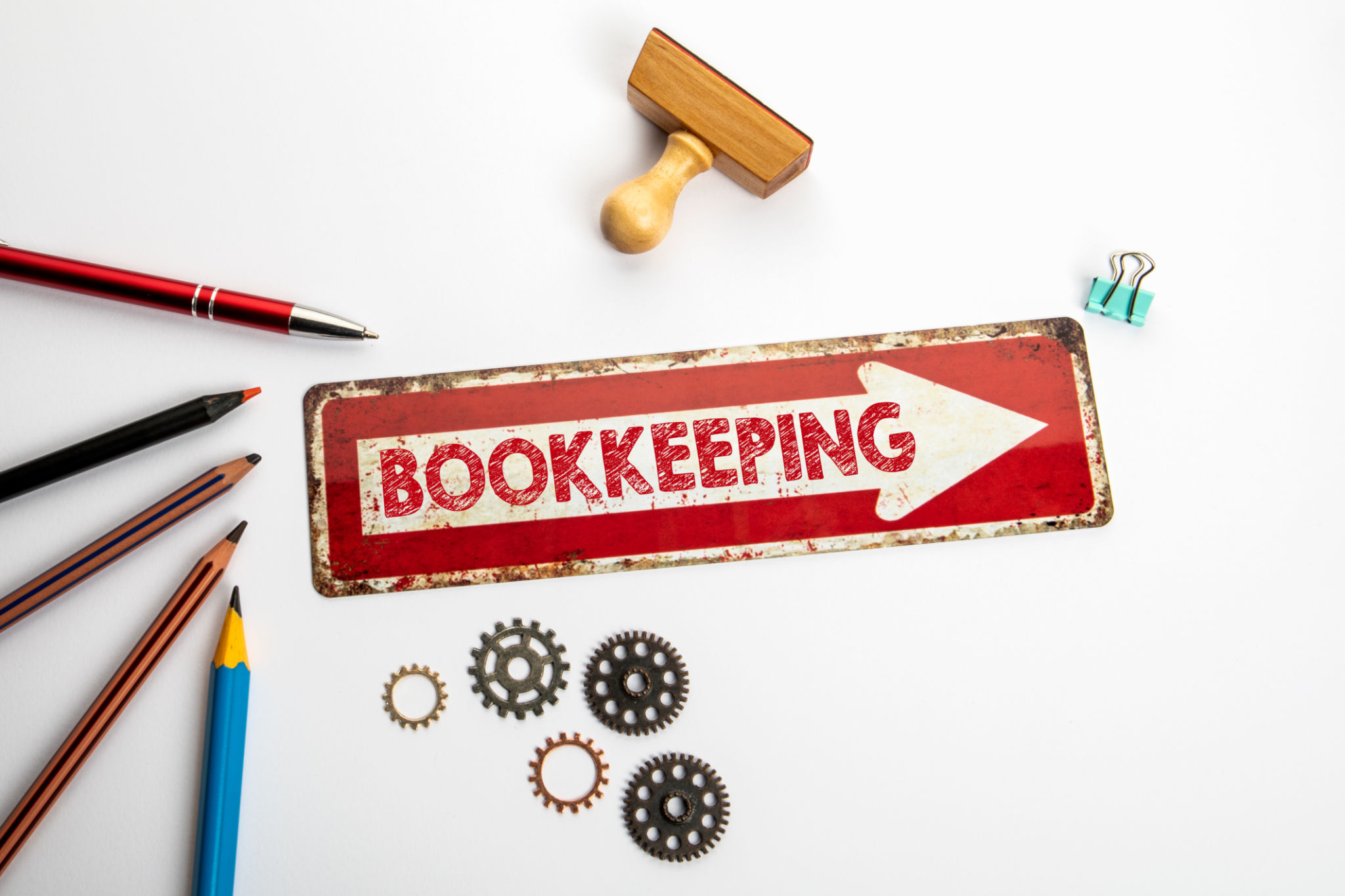Money In, Stress Out: 7 Smart Ways to Improve Cash Flow Using Your Books
Running a business comes with its fair share of highs and lows—but if there’s one thing that can make or break your momentum, it’s cash flow. You can have a full roster of clients and a killer product, but if the cash isn’t flowing in when you need it, things get stressful… fast.
The good news? You’ve already got a powerful tool at your fingertips: your books. Yup, those humble financial records you (hopefully) update regularly are packed with insights that can help you smooth out your cash flow, forecast what’s coming, and make smarter money moves.

Let’s walk through 7 smart (and surprisingly simple) ways to improve cash flow using your books. Whether you're DIY-ing your accounting or working with a bookkeeper, these strategies can help you keep more cash in your pocket and fewer headaches in your future.
1. Use Your Income Statement to Identify Inconsistent Revenue
Let’s start with your income statement (aka profit and loss statement). If your cash flow feels like a rollercoaster, this report can help you figure out why.
Look at your revenue line month by month. Are there drastic spikes and dips? Maybe you crush it in November but barely scrape by in February. If your business is seasonal—or just has uneven income patterns—it’s time to plan for that.
Action tip:
Use the data in your income statement to forecast lean months and build a buffer during your peak times. That way, you’re not scrambling when the slow season hits.
Bonus move:
Consider offering off-season promos or subscription-style pricing to even out your income stream.

2. Track Your Expenses Closely (and Cut the Fluff)
Cash flow isn’t just about what’s coming in—it’s also about what’s going out. One quick look at your books can reveal a ton of recurring expenses you’ve been ignoring.
Are you still paying for that app you haven’t opened since 2022? Subscriptions, unused software, random service fees—they add up.
Action tip:
Run a monthly or quarterly expense review. Categorize your spending, and highlight anything you no longer use or that isn’t driving results.
Look out for:
- Auto-renewing tools
- High bank or payment processing fees
- Meals and travel that aren't delivering ROI
- Duplicated services or overlapping tools
Cutting the fluff can instantly boost your available cash.

3. Stay on Top of Receivables (a.k.a. Get Paid Faster)
You did the work, sent the invoice, and now… crickets. Sound familiar?
Outstanding receivables are one of the biggest cash flow killers. Your books can help you stay on top of who owes you what and for how long.
Action tip:
Check your A/R aging report (accounts receivable report). This will show you which invoices are overdue, and by how long. Prioritize follow-ups on anything past due.
Quick fixes:
- Set up automated invoice reminders.
- Offer a small discount for early payment (2/10 net 30, for example).
- Start requiring deposits or partial payments upfront.
The faster you get paid, the healthier your cash flow.

4. Use Cash Flow Reports (Not Just the P&L)
Here’s the thing: your income statement can show you a profit, but you might still be broke. That’s because the income statement includes things like accounts receivable and doesn’t always reflect actual cash in hand.
This is where your cash flow statement comes in. It shows how much real cash came in and went out during a specific period—and that’s the number that matters most when you’re trying to make payroll or pay your bills.
Action tip:
Review your cash flow statement monthly. It helps you understand:
- How much operating cash you have
- What you’re spending on investments or financing
- Where your money is actually going
This report is your reality check.

5. Review Payment Terms—Yours and Theirs
You’ve probably set up some kind of payment terms (like “net 30”), but when’s the last time you checked if they actually work for your business?
If you’re giving clients 30 days to pay but your vendors want payment in 15, you’re creating a cash flow gap without even realizing it.
Action tip:
Use your books to spot timing issues. Look at your accounts payable (A/P) and accounts receivable (A/R) side-by-side. Are you consistently paying out before you get paid?
Smart tweaks:
- Negotiate longer payment terms with vendors
- Ask for shorter terms with customers (or add a late fee clause)
- Encourage auto-pay options or credit card payments (even with a small fee)
Better alignment = better cash flow.

6. Forecast Like a Fortune Teller (But With Data)
Cash flow forecasting might sound fancy, but it’s really just using your historical data to predict what’s coming next.
Your books already hold all the data you need to forecast your cash flow. You just need to plug it into a simple spreadsheet or use software like QuickBooks Online to project your income and expenses 1–3 months (or more) ahead.
Action tip:
Start with a monthly cash flow forecast. Include:
- Expected income (based on past sales and open invoices)
- Fixed expenses (rent, payroll, subscriptions)
- Variable costs (based on season or sales volume)
This gives you time to course-correct before things get tight.

7. Spot Trends and Make Data-Driven Decisions
Your books are basically a treasure map of insights—if you know how to read them. Use them to spot patterns like:
- Best and worst-performing products or services
- Months with unusually high expenses
- Recurring clients who always pay late (or never pay at all)
Armed with this knowledge, you can start making strategic decisions instead of reactive ones.
For example:
- Focus marketing on your most profitable offerings
- Cut or improve loss-making services
- Fire the clients who are draining your energy and your cash flow
Your books can guide your next smart move.

Final Thoughts: Keep It Clean, Keep It Flowing
Improving cash flow doesn’t always mean earning more—it often means managing what you already have better. And your books are the perfect tool for that.
Here’s the recap:
- Use your income statement to identify revenue gaps.
- Cut unnecessary expenses.
- Stay on top of receivables.
- Rely on cash flow reports, not just profit.
- Align your payment terms smartly.
- Forecast what’s coming with real data.
- Let trends in your books guide your strategy.

And hey—if this all sounds like a lot to juggle, it might be time to bring in a bookkeeper. Clean books aren’t just for tax time—they’re the foundation of a profitable, stress-free business.
Want Help With Your Cash Flow?
At Fiscal Sense, we specialize in helping small businesses across Canada understand their numbers, improve cash flow, and grow with clarity. Whether you're just getting started or scaling up, we’ve got your back.
📞 Book a free discovery call
📧 [email protected]
🌐 fiscalsense.ca
Let’s turn your books into your biggest business advantage.
